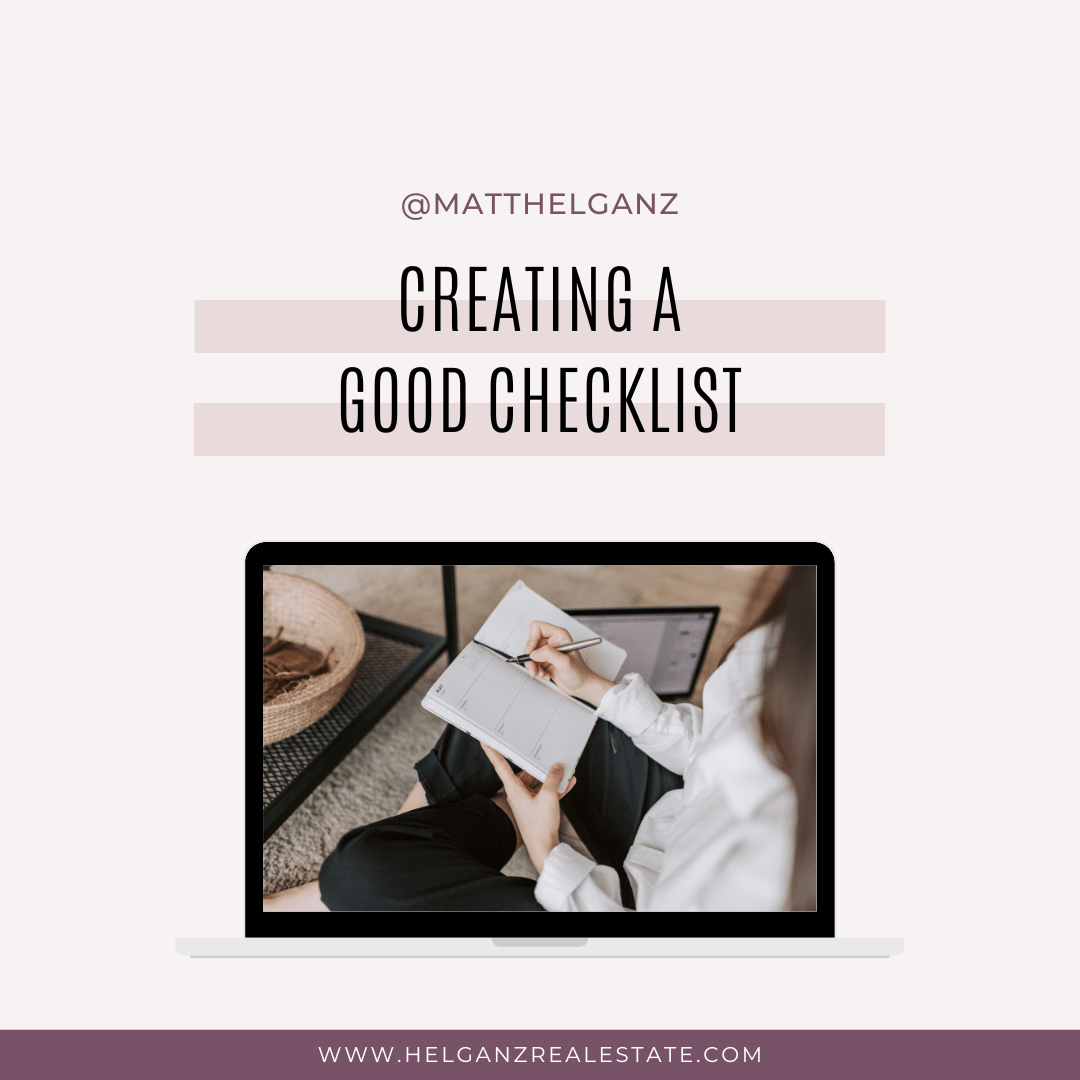
For most individuals, the journey of acquiring a house typically commences by assessing affordability, seeking a suitable lender, engaging a real estate agent, outlining personal preferences, perusing numerous property listings, submitting offers, finalizing mortgage arrangements, and ultimately, completing the transaction. While the process of physically inspecting properties demands time, it remains a crucial step. Many buyers prioritize this aspect and are unwilling to forgo it, regardless of their busy schedules. However, not all buyers share this sentiment.
Remarkably, there has been a surge in sight-unseen real estate transactions. Some purchasers rely solely on online resources such as MLS listings, photographs, descriptions, and virtual tours. Certain investors are eager to capitalize on what they perceive as lucrative deals online, thus opting to bypass physical property inspections. For some, the allure of certain properties outweighs the associated risks, particularly if they are situated in desirable locations where delaying could result in losing the opportunity altogether. Nevertheless, engaging in such transactions entails significant risk, necessitating thorough risk assessment prior to proceeding.
Distressed Properties
Distressed properties encompass those that are damaged, in a state of disrepair, facing imminent foreclosure, or actively marketed for sale. Banks, burdened by the expenses of ownership, are motivated to offload these properties swiftly, often at reduced prices. This presents an opportunity for buyers and sellers to transact at below-market rates.
Competitive Markets
In regions with limited housing inventory, buyers may feel compelled to purchase sight-unseen properties due to competitive pressures. Despite the absence of physical inspection, prices of such properties typically reflect market values, if not higher. In highly competitive markets like Boston or New York City, bidding wars drive prices upward. Investors in such markets may assume the risk of sight-unseen purchases based on the promising property values in those areas.
Pre-construction Opportunities
Certain properties are available for sale before or during the construction phase, offering buyers the chance to acquire them at significantly lower prices compared to their anticipated post-construction values. This arrangement benefits both buyers, who secure favorable rates, and sellers, who utilize the proceeds to fund construction.
Competition
In the realm of real estate investment, fierce competition often arises from entities known as flippers. These individuals or organizations acquire properties at low prices, undertake necessary renovations, and subsequently sell them for substantial profits. Flippers assess the potential profitability of a property by estimating its After Repair Value (ARV) and subtracting acquisition costs and other expenses. While some flippers may refrain from sight-unseen purchases due to perceived risks, others capitalize on opportunities even amid property damage or unfavorable conditions.
Real estate wholesalers operate similarly to flippers but focus on facilitating quick transactions without property improvements. Acting as intermediaries, wholesalers purchase properties and assign contracts to other investors for a profit, without assuming the responsibilities of property rehabilitation.
Institutional investors, characterized by their ability to acquire numerous distressed properties simultaneously, pose formidable competition in the real estate market. Their substantial resources and market influence enable them to secure advantageous deals, often to the detriment of individual buyers.
Individuals may find themselves compelled to pursue sight-unseen purchases out of necessity, particularly when relocation impedes their ability to physically inspect properties. In such cases, entrusting a local agent to identify suitable properties becomes imperative, albeit accompanied by reliance on photographs, virtual tours, and online information. When considering sight-unseen purchases, it is crucial to specify not only desired property attributes but also preferred neighborhoods or locales.
Risks
Sight-unseen property acquisitions entail inherent risks, as certain deficiencies may remain undetected through remote assessments. Structural issues, infestations, mold, and water damage are among the potential concerns that may elude photographic documentation. Additionally, environmental factors such as noise levels, pollution, or undesirable neighbors may only become apparent upon physical visitation.
Time represents a critical risk factor for investors, as prolonged property ownership translates to increased carrying costs and potential financial losses. The objective for investors is to expedite transactions to mitigate these expenses.
Protective Measures
Incorporating contingency clauses into purchase agreements represents a fundamental strategy for mitigating risk in sight-unseen transactions. Inspection contingencies afford buyers a specified timeframe to conduct property inspections, empowering them to negotiate or withdraw from the deal based on inspection findings. Similarly, walkthrough contingencies enable buyers to conduct on-site visits prior to finalizing the transaction, although sellers may adjust prices to offset associated risks.
Engaging a reputable real estate agent provides both buyers and sellers with added protection and guidance throughout the transaction process. A trustworthy agent, committed to safeguarding clients’ interests, can facilitate informed decision-making and advocate for favorable outcomes.
Despite the allure of seemingly advantageous deals, the risks inherent in sight-unseen property purchases necessitate careful consideration and proactive risk mitigation strategies. Collaborating with experienced professionals and leveraging contractual safeguards are essential steps in safeguarding one’s interests in real estate transactions.







 If you’re planning to sell your house, it’s essential to go beyond just cleaning and scrubbing; you also need to declutter. This means not only removing obvious trash, like empty paint cans or unused items that have been sitting in the garage for ages, but also taking out personal items. While these things may feel integral to the home for you, to potential buyers, they are simply clutter.
If you’re planning to sell your house, it’s essential to go beyond just cleaning and scrubbing; you also need to declutter. This means not only removing obvious trash, like empty paint cans or unused items that have been sitting in the garage for ages, but also taking out personal items. While these things may feel integral to the home for you, to potential buyers, they are simply clutter.
